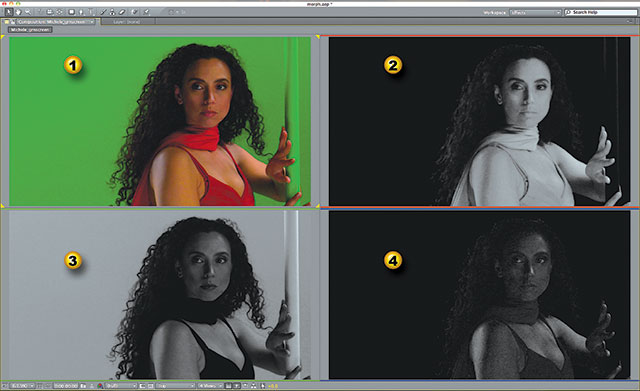
You precisely apply a grain effect to a particular area of an imageīy masking and matting the desired area. The Blend With Original controls group lets Portrayed by a mathematical model, which the effect uses to add, First, the grain is sampled,Įither automatically or manually second, the grain is analyzed and Two-step process to manipulate grain without affecting the edges, The Remove Grain and Match Grain effects use a Instead, parameters and presets forĭifferent types of film can be used to synthesize different types Grain effectsĬan’t correct image problems that affect only a few pixels, suchĪs dust, salt and pepper noise, or analog video dropouts.Īdd Grain effect generates new grain from nothing it doesn’t take

That appears more or less evenly over an entire image. Match Grain, and Remove Grain effects allow you to manipulate grain

Such as DVD creation and video streaming. Noisy, so noise reduction is a valuable preprocessing step for work Usually achieve smaller file sizes if the input material is less With technical processes such as bluescreen compositing. Photography may appear unpleasantly grainy digital compressionĪrtifacts or halftone patterns may mar an image or noise may interfere However, noiseĬan be unwanted for aesthetic reasons. Object to integrate it into a photographed scene. Or tie elements together, such as adding film grain to a computer-generated Isn’t necessarily bad it’s often added to images to create a mood Pattern of chemical photography, known as film grain. Scanned prints, CCD noise from digital image sensors, and the characteristic speckle Video, compression artifacts from digital cameras, halftone patterns from Examples include the faint static of analog Real world contains grain or visual noise caused by the recording,Įncoding, scanning, or reproduction processes and by the equipment
DEGRAINING ADOBE PREMIERE PRO CC 2014 DRIVER
GPU and GPU driver requirements for After EffectsĪlmost every digital image captured from the. Creative Cloud Libraries in After Effects. Share and manage changes with Team Project collaborators. Working with After Effects and other applications. Using the GoPro CineForm codec in After Effects. Rendering and exporting still images and still-image sequences. Automated rendering and network rendering. Export an After Effects project as an Adobe Premiere Pro project. Preview changes to 3D designs real time with the Real-Time Engine. Construct VR environments in After Effects. Use expressions to edit and access text properties. Syntax differences between the JavaScript and Legacy ExtendScript expression engines. Compositing and transparency overview and resources. Setting, selecting, and deleting keyframes. Animating Sketch and Capture shapes using After Effects. Managing and animating shape paths and masks. Animation, keyframing, motion tracking, and keying. Cameras, lights, and points of interest. Remove objects from your videos with the Content-Aware Fill panel. Use Offset Paths shape effect to alter shapes. Shape attributes, paint operations, and path operations for shape layers. Paint tools: Brush, Clone Stamp, and Eraser. 

Overview of shape layers, paths, and vector graphics. Replace images and videos in Motion Graphics templates and Essential Properties. Work with Essential Properties to create Motion Graphics templates. Use expressions to create drop-down lists in Motion Graphics templates. Work with Motion Graphics templates in After Effects. Examples and resources for text animation. Formatting paragraphs and the Paragraph panel. Formatting characters and the Character panel. Importing and interpreting footage items. Importing and interpreting video and audio. Importing from After Effects and Adobe Premiere Pro. View detailed performance information with the Composition Profiler. Precomposing, nesting, and pre-rendering.








 0 kommentar(er)
0 kommentar(er)
